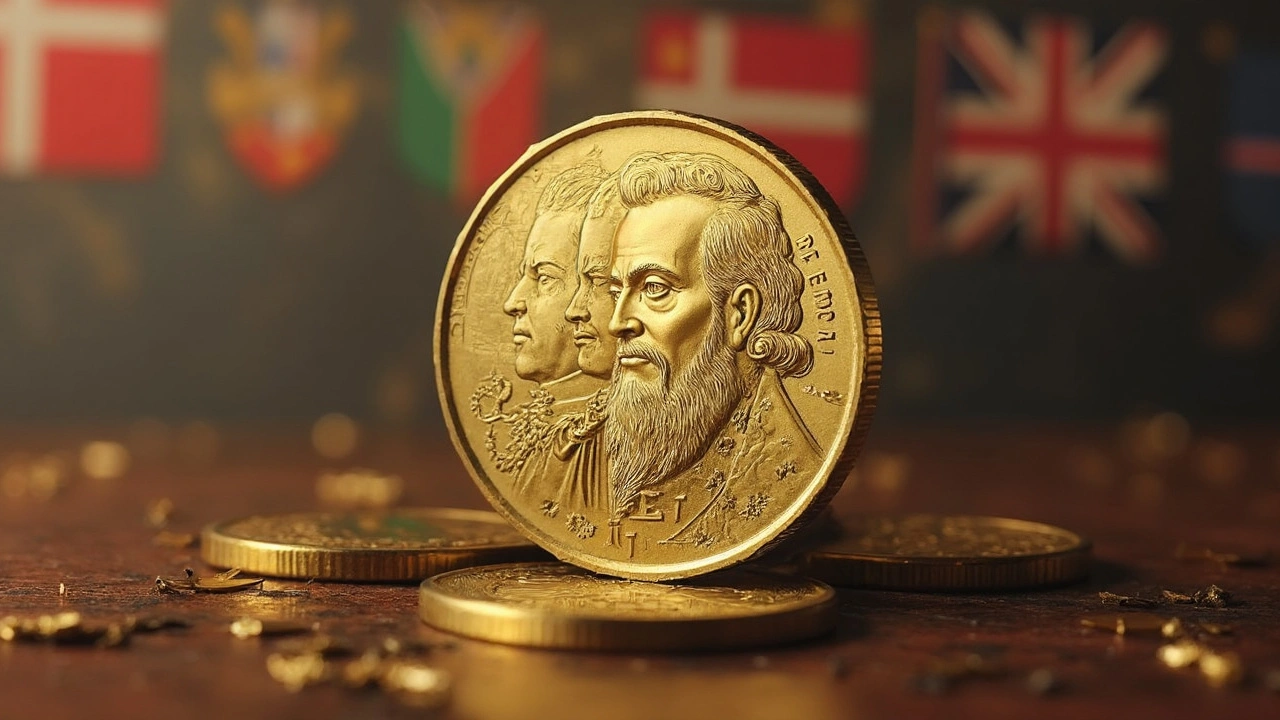2 Euro Coin – Everything You Need to Know
If you’ve ever held a 2 euro coin, you’ve felt a solid, heavy piece of metal that’s more than just cash. It’s a miniature work of art, a security marvel, and a hobbyist’s favorite. In this guide we’ll break down what makes the 2 euro coin special, how you can spot a genuine one, and why collectors love it.
First off, the 2 euro is the highest‑value coin in the eurozone. It’s used daily across 19 countries, so you’ll see it in banks, shops, and tourist pockets. Its value isn’t just the face‑value; limited‑edition releases can fetch a premium on the collector market.
Design and Security Features
Every 2 euro coin has two sides: a common European side and a national side chosen by each country. The common side shows a map of Europe and the value “2 €”, while the national side can feature anything from historic figures to famous landmarks. This dual design lets you spot the country of origin at a glance.
Security is built into the metal. The outer ring is made of nickel‑brass, while the inner core is cupronickel. That combination creates a distinct two‑tone look and a resistance to wear. You’ll also find a fine milled edge with alternating segments of smooth and engraved lines – a quick way to tell a real coin from a cheap copy.
Some countries add extra touches, like a bi‑metallic border or a holographic image. Those details are harder to replicate, so they’re a solid clue you’re holding the genuine article.
Collecting and Investing in 2 Euro Coins
Getting into 2 euro coin collecting is easy. Start by gathering the common‑side coins you see in daily transactions – they’re cheap and plentiful. Then, hunt for national‑side issues that catch your eye. Older series, especially those minted before 2002 when the euro launched, tend to be rare.
Check the mint year and condition. A coin graded “uncirculated” (no wear at all) can be worth several times its face value, especially if it’s from a limited mintage. Websites, forums, and local coin fairs are great places to compare prices and learn market trends.
Watch out for fakes. Counterfeit 2 euro coins often use the wrong metal mix, feel lighter, or have inaccurate lettering. Use a magnet – real cupronickel isn’t magnetic, while many fakes contain steel. A magnifying glass helps you see the fine edge details and the tiny lettering on the national side.
Finally, keep your collection safe. Store coins in soft‑plastic holders or coin flips to protect the surfaces. Avoid exposure to humidity, which can cause discoloration over time.
Whether you’re looking to add a few souvenirs to your wallet or build a serious collection, the 2 euro coin offers a blend of history, design, and investment potential. Keep an eye on new releases, understand the security features, and enjoy the hunt – that’s the fun of coin collecting in a nutshell.





